
In our Today In History Reading List feature, we take the events of a particular day in history and try to give you a work of fiction and a work of non-fiction relating to those events.
1689 – Bostonians Rise Up And Imprison Edmund Andros, the governor of the Dominion of New England
In the early 1680s Charles II had reorganized the colonies of New England, New York and New Jersey into a single administration called the Dominion of New England which had its capital at Boston and was governed by Edmund Andros a long serving colonial administrator. Andros oversaw a program of royal centralization which included enforcing the Navigation Acts, restricting the power of town meetings, appointing his own militia captains and promoting the Anglican Church over the Puritan Church. These actions made him extremely unpopular and on April 18 a well-organized mob made up on militia and citizens moved through Boston arresting Dominion officials and finally Andros himself. Massachusetts’ original colonial government was reestablished. The other colonies in the Dominion quickly reasserted independent control. The British government did not try to reestablish the Dominion. Andros was shipped back to England and later served as a colonial governor of Virginia.
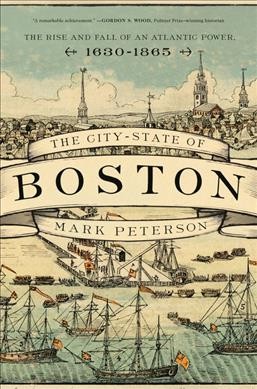

The City-State of Boston: The Rise and Fall of an Atlantic Power, 1630-1865 by Mark Peterson
In the vaunted annals of America’s founding, Boston has long been held up as an exemplary “city upon a hill” and the “cradle of liberty” for an independent United States. Wresting this iconic urban center from these misleading, tired cliches, The City-State of Boston highlights Boston’s overlooked past as an autonomous city-state, and in doing so, offers a pathbreaking and brilliant new history of early America. Following Boston’s development over three centuries, Mark Peterson discusses how this self-governing Atlantic trading center began as a refuge from Britain’s Stuart monarchs and how–through its bargain with slavery and ratification of the Constitution – it would tragically lose integrity and autonomy as it became incorporated into the greater United States. Drawing from vast archives, and featuring unfamiliar alongside well-known figures, such as John Winthrop, Cotton Mather, and John Adams, Peterson explores Boston’s origins in sixteenth-century utopian ideals, its founding and expansion into the hinterland of New England, and the growth of its distinctive political economy, with ties to the West Indies and southern Europe. By the 1700s, Boston was at full strength, with wide Atlantic trading circuits and cultural ties, both within and beyond Britain’s empire. After the cataclysmic Revolutionary War, “Bostoners” aimed to negotiate a relationship with the American confederation, but through the next century, the new United States unraveled Boston’s regional reign. The fateful decision to ratify the Constitution undercut its power, as Southern planters and slave owners dominated national politics and corroded the city-state’s vision of a common good for all. Peeling away the layers of myth surrounding a revered city, The City-State of Boston offers a startlingly fresh understanding of America’s history.
The Witch of Blackbird Pond by Elizabeth George Speare.
Orphaned Kit Tyler knows, as she gazes for the first time at the cold, bleak shores of Connecticut Colony, that her new home will never be like the shimmering Caribbean island she left behind. In her relatives’ stern Puritan community, she feels like a tropical bird that has flown to the wrong part of the world, a bird that is now caged and lonely. The only place where Kit feels completely free is in the meadows, where she enjoys the company of the old Quaker woman known as the Witch of Blackbird Pond, and on occasion, her young sailor friend Nat. But when Kit’s friendship with the “witch” is discovered, Kit is faced with suspicion, fear, and anger. She herself is accused of witchcraft! [goodreads]
1775 – Paul Revere and William Dawes Ride
British forces had been occupying Boston for many months as patriot forces trained outside the city. Gage ordered his forces to march west to try to capture patriot leaders John Hancock and Samuel Adams hiding in Lexington. Then they were to go on to Concord to capture stored weapons there. Joseph Warren got word of these plans and dispatched Paul Revere and William Dawes by different routes to warn Hancock and Adams. They both arrived in Lexington about the same time. After warning Hancock and Adams they continued on to warn militia forces to assemble. Along the way they were joined by Samuel Prescott, a local doctor. In Lincoln the party was intercepted by a British cavalry patrol. The patrol captured Revere. Dawes escaped by fell off his horse and had to walk back to Lexington. Prescott, who wasn’t even tasked with the mission, escaped and went on to warn Concord. These were the opening events that lead to the battles of Lexington and Concord.
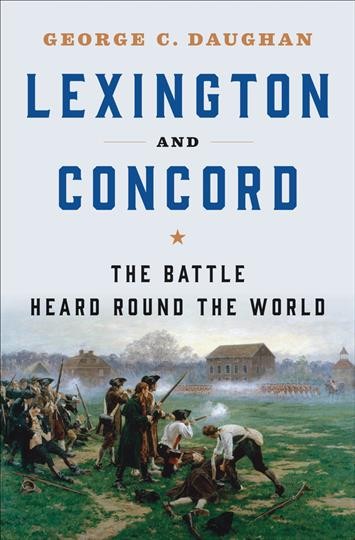
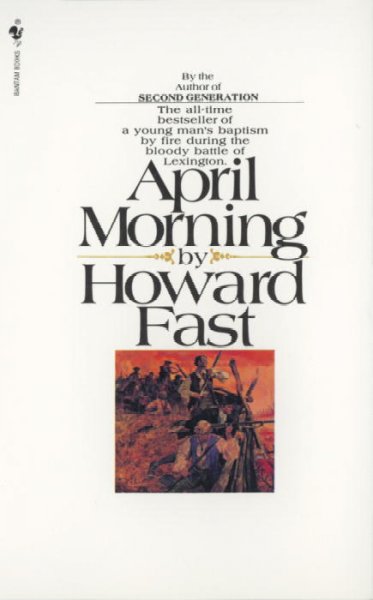
Lexington and Concord: The Battle Heard Round the World by George C. Daughan.
George C. Daughan’s magnificently detailed account of the battle of Lexington and Concord challenges the prevailing narrative of the American War of Independence. It was, Daughan argues, based as much on economic concerns as political ones. When Massachusetts militiamen turned out in overwhelming numbers to fight the British, they believed they were fighting for their farms and livelihoods, as well as for liberty. In the eyes of many American colonists, Britain’s repressive measures were not simply an effort to reestablish political control of the colonies, but also a means to reduce the prosperous colonists to the serfdom Benjamin Franklin witnessed on his tour of Ireland and Scotland. Authoritative and thoroughly researched, Lexington and Concord is a “worthy resource for history buffs seeking a closer look at what drove the start of the American Revolution [goodreads]
April Morning by Howard Fast
When you read this novel about April 19, 1775, you will see the British redcoats marching in a solid column through your town. Your hands will be sweating and you will shake a little as you grip your musket because never have you shot with the aim of killing a man. But you will shoot, and shoot again and again while your shoulder aches from your musket’s kick and the tight, disciplined red column bleeds and wavers and breaks and you begin to shout at the top of your lungs because you are there, at the birth of freedom—you’re a veteran of the Battle of Lexington, and you’ve helped whip the King’s best soldiers… [goodreads]
1906 – The San Francisco Earthquake
At 5:12am the San Francisco region was hit by an earthquake measuring 7.9 on the Richter scale. It was felt from the city of Eureka in the north to the Salinas Valley in the south. Fires boke out all over the city. Estimates of the dead range from 700 to 3000+. Around 300,000 people were left homeless. Many would spend the next two years in makeshift refugee camps in Oakland and Berkeley.
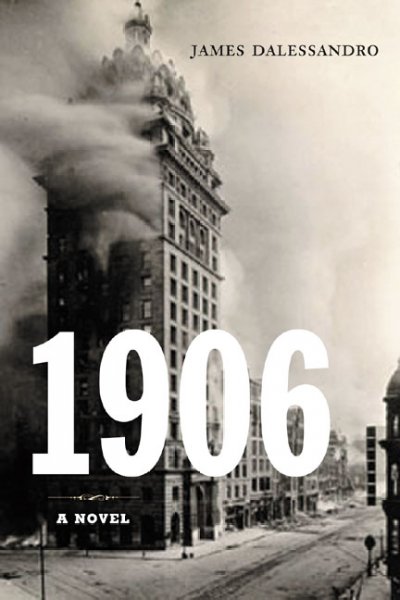
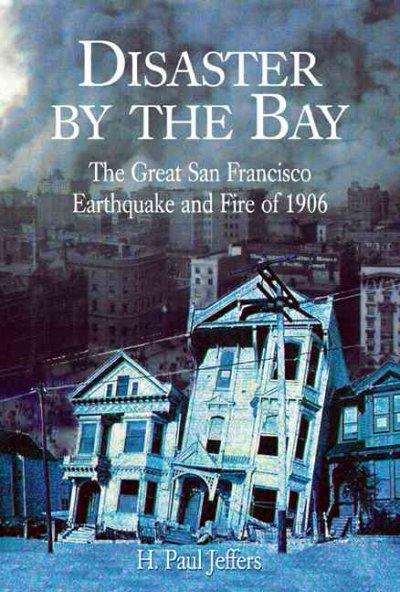
Disaster by the Bay: The Great San Francisco Earthquake and Gire of 1906 by H. Paul Jeffers.
In this vivid, fast-paced chronicle of what has been called the worst peacetime disaster to ever befall America, veteran journalist and author H. PAUL JEFFERS provides a gripping account of those nightmarish days in April 1906. Drawing on a wide range of eyewitness material, Jeffers follows a variety of individuals as they come to grips with an unthinkable event. Celebrities like Enrico Caruso and John Barrymore; the civil and military authorities who tried to bring order out of chaos; merchants who struggled heroically to save their shops and goods from the ruins and the flames; the suddenly homeless ordinary men and women who composed messages on scraps of paper and sticks of wood to tell of their survival (all of which, incredibly, the Postal Service actually delivered): from all these and many other perspectives Jeffers creates a riveting mosaic of catastrophe and its aftermath. With the one-hundredth anniversary of the quake approaching, this skillful narrative will be of keen interest to readers from West Coast to East. Includes forty-eight black-and-white illustrations. [goodreads]
1906: A Novel by James Dalessandro
Set during the great San Francisco earthquake and fire, this page-turning historical novel reveals recently uncovered facts that forever change our understanding of what really happened. Narrated by a feisty young reporter, Annalisa Passarelli, the novel paints a vivid picture of the Post-Victorian city, from the mansions of Nob Hill to the underbelly of the Barbary Coast to the arrival of tenor Enrico Caruso and the Metropolitan Opera. Central to the story is the ongoing battlefought even as the city burnsthat pits incompetent and unscrupulous politicians against a coalition of honest police officers, newspaper editors, citizens, and a lone federal prosecutor. James Dalessandro weaves unforgettable characters and actual events into a compelling epic. [goodreads]
1942 – The Doolittle Raid on Tokyo, Yokohama, Kobe and Nagoya
The Doolittle Raid was the first air attack by the United States on the Japanese home islands during World War II. The raid was lead by Lieutenant Colonel James Doolittle and consisted of launching B-25 medium bombers from the aircraft career Hornet off the coast of Japan. In route to the launch point the Hornet was spotted by Japanese boats and the bombers had to be launched early. As a result after bombing Tokyo, Yokohama, Kobe and Nagoya the bombers ran out of gas and either ditched in the ocean of the Chinese coast or crashed in Japanese occupied China. Some crews were captured others were smugled to safty by Chinese resistance fighters. Although little damage was done by the raid it represented a major propoganda victory for the United States.
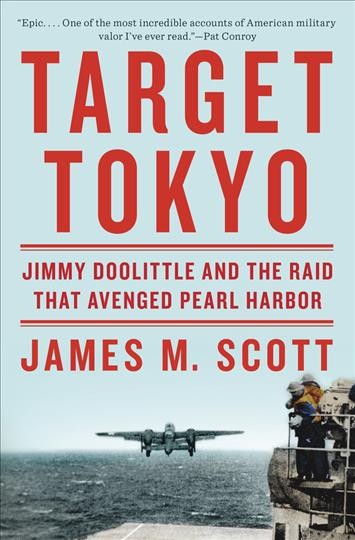
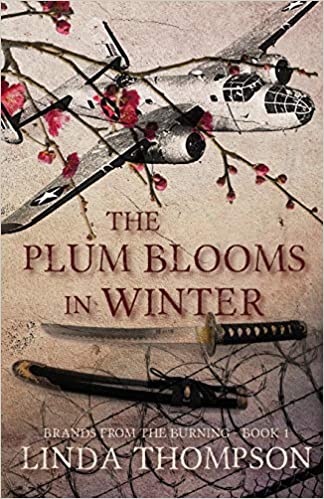
Target Tokyo: Jimmy Doolittle and the Raid that Avenged Pearl Harbor by James M. Scott.
In December 1941, as American forces tallied the dead at Pearl Harbor, President Franklin Roosevelt gathered with his senior military counselors to plan an ambitious counterstrike against the heart of the Japanese Empire: Tokyo. Four months later, on April 18, 1942, sixteen U.S. Army bombers under the command of daredevil pilot Jimmy Doolittle lifted off from the deck of the USS Hornet on a one-way mission to pummel the enemy’s factories, refineries, and dockyards and then escape to Free China. For Roosevelt, the raid was a propaganda victory. In Japan, outraged over the deaths of innocent civilians, military leaders launched an ill-fated attempt to seize Midway. But it was the Chinese who suffered the worst, victims of a retaliatory campaign by the Japanese that claimed an estimated 250,000 lives. At the center of this story is Doolittle, the son of an Alaskan gold prospector, a former boxer, and brilliant engineer who earned his doctorate from MIT. Other fascinating characters populate this narrative, including Chiang Kai-shek, Lieutenant General Joseph “Vinegar Joe” Stilwell, and the feisty Vice Admiral William “Bull” Halsey Jr. Here, too, are portraits of the young pilots, navigators, and bombardiers, many of them little more than teenagers, who raised their hands to volunteer for a mission from which few expected to return. Most of the bombers ran out of fuel and crashed. Captured raiders suffered torture and starvation in Japan’s notorious POW camps. Others faced a harrowing escape across China. Based on scores of never-before-published records drawn from archives across four continents as well as new interviews with survivors, this is World War II history of the highest order.
The Plum Blooms in Winter by Linda Thompson
1942. Pilot Dave Delham sees his Japanese bombing mission as an act of heroism. But his naive view turns grim when he’s caught and endures years of imprisonment at the hands of cruel captors. Despairing that he’ll survive, Dave vows if he escapes, he’ll answer God’s calling. Osaka, Japan, 1948. Miyako Matsuura longs to restore her family’s shattered honor. After watching her little brother die in a horrific American air raid, she’s been reduced to prostitution to survive. When the pilot whose bomb stole her brother’s life returns as a missionary, her thirst for revenge consumes her. Convinced that Delham was responsible for the bomb that snuffed out her brother’s life, Miyako resolves to restore her honor by avenging him–even if it costs her own life. But the huntress soon becomes hunted in Osaka’s treacherous underworld. Miyako must outmaneuver a ruthless brothel owner, outwit gangs with competing plans to profit by her, and overcome betrayal by family and friends–only to confront a decision that will change everything.

